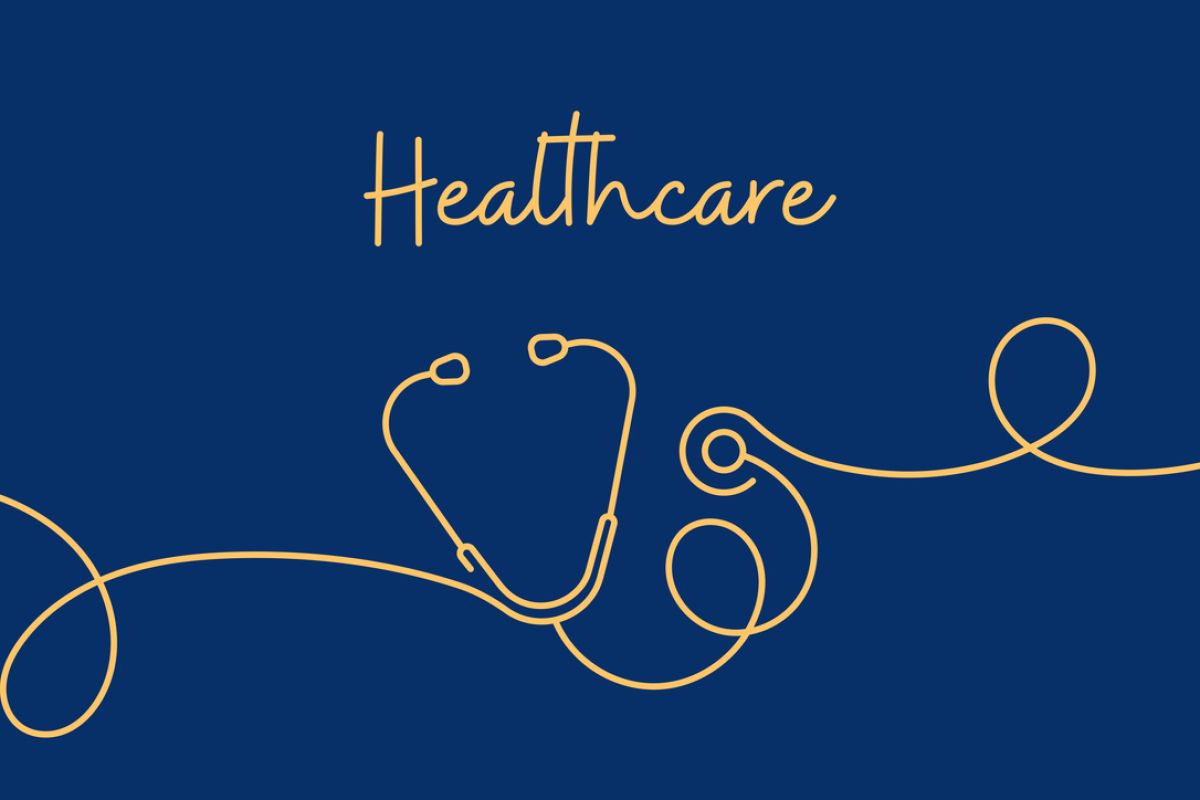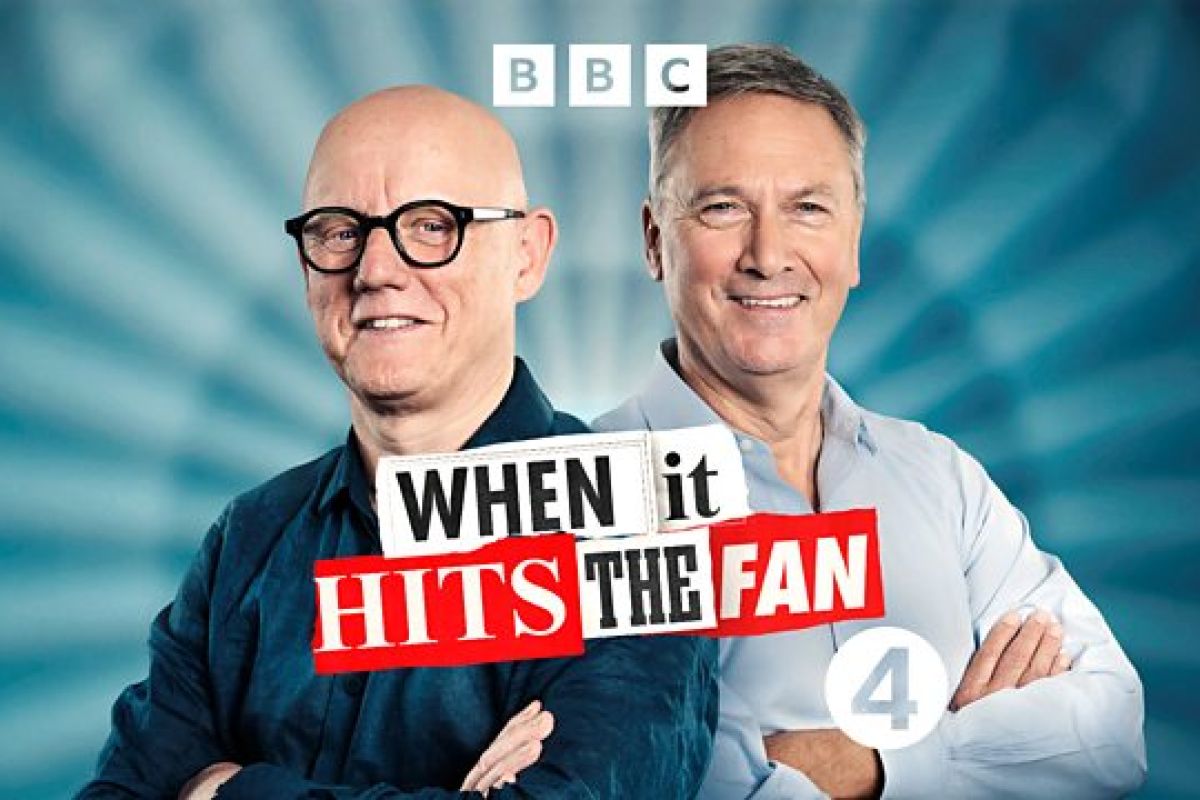Modern Occupational Health is multidisciplinary. Build the team that delivers

Nurses remain at the core of Occupational Health. But today’s challenges rarely come with neat edges and perfect fixes. What we see in the strongest services is not a single profession working in isolation. It is a blend of clinical expertise, psychological insight, ergonomic thinking and data-led decision making, delivered by people who understand how work gets done.
This is not a theory. It is what we are hearing from clients, candidates and providers who are building capability that keeps pace with risk. Work has changed. That means the make-up of OH teams has to change too.
Why a broader team makes a difference
Services are now dealing with more complexity, more frequently. Hybrid patterns, organisational change and tight margins are the norm, not the exception. A musculoskeletal case might also involve high workload, poor shift design or an unsuitable workstation. A spike in stress absence might be less about resilience and more about unclear expectations or poor recovery time.
When we speak to leaders, they are not just looking for speed. They are looking for insight. The right mix of people sees the full picture earlier and acts with more precision. This reduces risk, but it also builds confidence – in managers, in governance and in the decisions being made.
What modern teams tend to include
You do not need every role in place on day one. Most teams build gradually. But across public and private sector services, we consistently see a strong foundation built around OH nurses and physicians, supported by physiotherapists, occupational therapists, psychologists, ergonomists and data capability.
These roles often come in at different levels of engagement. Some teams rely on sessional support or shared resources. Others build full-time capability when demand justifies it. The goal is not to increase headcount for the sake of it. It is to give the service the right tools to resolve cases, prevent recurrence and help managers support people with confidence.
Coordination is just as important. Someone needs to own each case. That person brings in the right support when needed, keeps things moving and closes the loop with the referring manager. In teams that work well, that rhythm is consistent – and it means fewer delays, clearer accountability and better results.
What the value looks like
The impact is not always loud, but it is visible. When teams combine clinical, psychological and ergonomic input, people tend to return earlier and stay well longer. Repeat incidents go down. Managers get clearer advice and that advice is more likely to be followed. Leaders see improvements in performance and culture that are backed by evidence.
Governance also benefits. A multidisciplinary approach creates a stronger audit trail and more robust clinical decisions. It is easier to explain why something was done, how it was handled and what changed as a result.
How strong teams keep it simple
The best services do not rely on complex systems. What they have is clarity. They use short service briefs that define referral thresholds, reporting standards and response times. They meet monthly to review what is working and where pressure is building. They track a small number of meaningful metrics and share outcomes in plain English.
Managers know what to expect. Clinicians know how decisions are made. Everyone stays focused on the purpose of the work. That’s what we have found when speaking to clients and they share their wins with us.
Hiring for the team you want to build
Recruitment still sets the tone. When providers hire for judgement, clarity and influence – not just throughput – everything else runs better. We often see interviews that include case discussions, simple data exercises and collaboration questions. These mirror the work and give a clear view of how someone thinks and communicates.
It is not just about qualifications. The people who do well tend to explain risk clearly, balance empathy with boundaries and follow through on what they start. That builds trust. And trust makes everything else easier.
Keep the learning light and practical
Even strong teams need ongoing learning. What works best is short, focused development that links to real scenarios. Cross-shadowing, one-page refreshers, quick team drills and outcome reviews are all tools we see in teams that stay sharp. It does not need to be expensive or formal. It just needs to be close to the work.
You can build as you go
You do not need a full programme to start. Many teams test new skill sets over a short period, measure what changes and then build from there. A short trial of specialist input can show whether outcomes shift. A sessional contract may be all you need to access a new skill. Shared resources across teams or sites often work well when budgets are tight.
The key is to publish what you learn. Show how the mix made a difference. Use plain language. Once the value is visible, it becomes easier to protect and grow.
Common friction points
Even with the best intentions, things can drift. What slows services down are often small things – unclear referrals, overlong reports, disconnected casework or vague data. These are not hard to fix. A short referral guide, shared case reviews and a consistent set of indicators make a big difference quickly.
There’s no need to consider a massive overhaul in what and how you do things. Sometimes, you just need one or two key hires and that makes all the difference. No complicated restructure required in order to make a shift – just the right people.
Not in the market yet?
If you’re not in a position to hire right now, that’s fine. We’re more than happy to have a chat with you and explain what we’re seeing in the market. We work with clients to map their current capability. We review the team mix, working with our clients to ensure they have a service that goes further and is future proof. If you’d like to learn more about what we do, how we do it and why…get in touch. No hard sell, just two recruiters who know the sector inside out and know there’s always more to learn!
Where to Next?
More Articles
Right people, right roles, always
Whether you’re hiring or job hunting, we make your search straightforward, effective and discreet.



